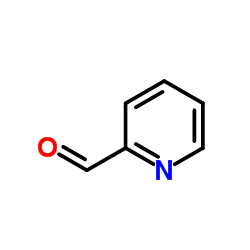| Structure | Name/CAS No. | Articles |
|---|---|---|
 |
HYDRAZINE
CAS:302-01-2 |
|
 |
2-Pyridinecarboxaldehyde
CAS:1121-60-4 |